Another two creations from the current stock of spalted Beech, all three are now in Shirley Norman's gallery in Little Haven, hopefully someone will feel they must be their's!
First is a small Bowl, about 7 inches or so across with a bead and cove arrangement around the rim, this has a very nice feel in the hand, as does the incurved and slightly undercut rim.
The finish is shellac, buffed to a high gloss with the Chestnut buffing wheel system, this time though I have the newly acquired large dome mops for the interior, the difference is striking in comparison to the smaller mops as the large mops have a greater overall contact and outer edge speed, which in turn leads to an easier task of controlling the overall result, the finish in this bowl is as good inside as it is out, and though I have come close to this with past bowls, I have had to work with great care to get it, but with the larger mops I found it faster, easier and better.
Although it doesn't show as well as the hollow form, the bowl is the equal to the HF as far as finish and gloss is concerned.
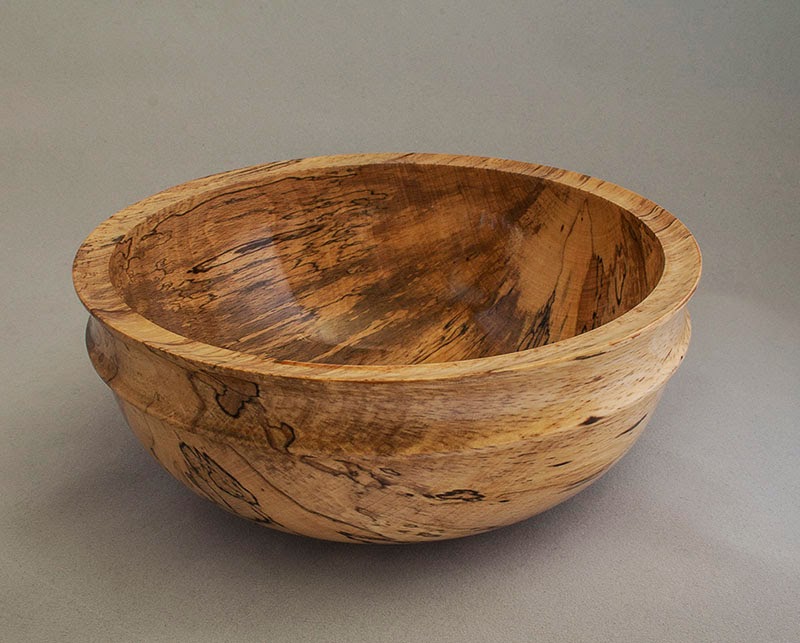
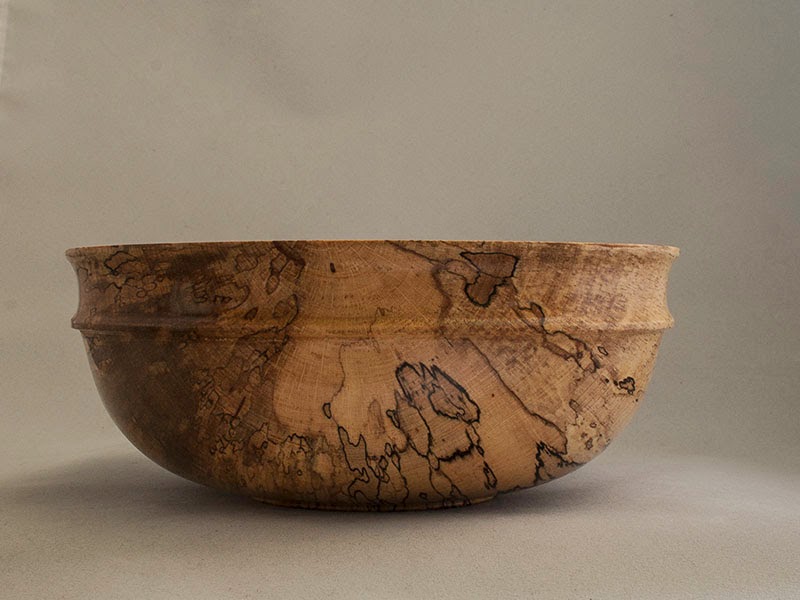
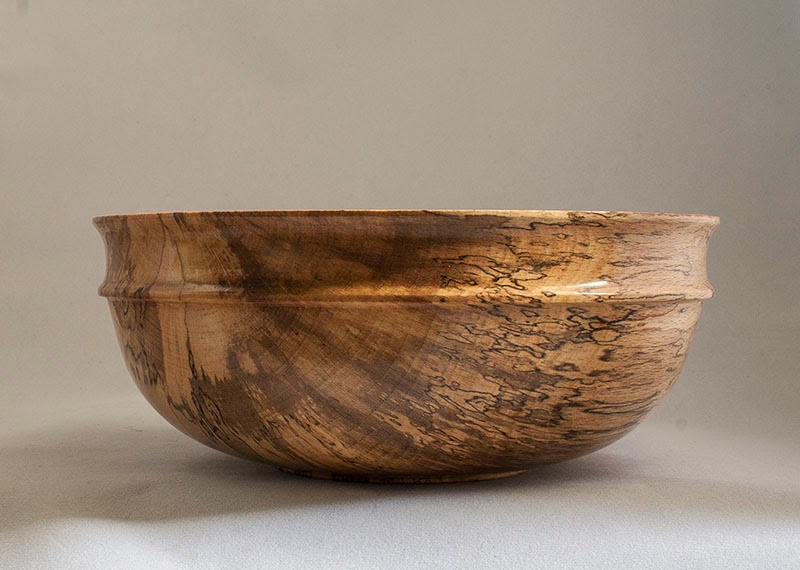
This is a more "classical" shaped hollow form, again, like the first one I kept it a little more weighty than previous forms I have done, and I must admit, it does feel very nice in the hand.
A buffed Shellac finish again, the form is about 6 inches tall.
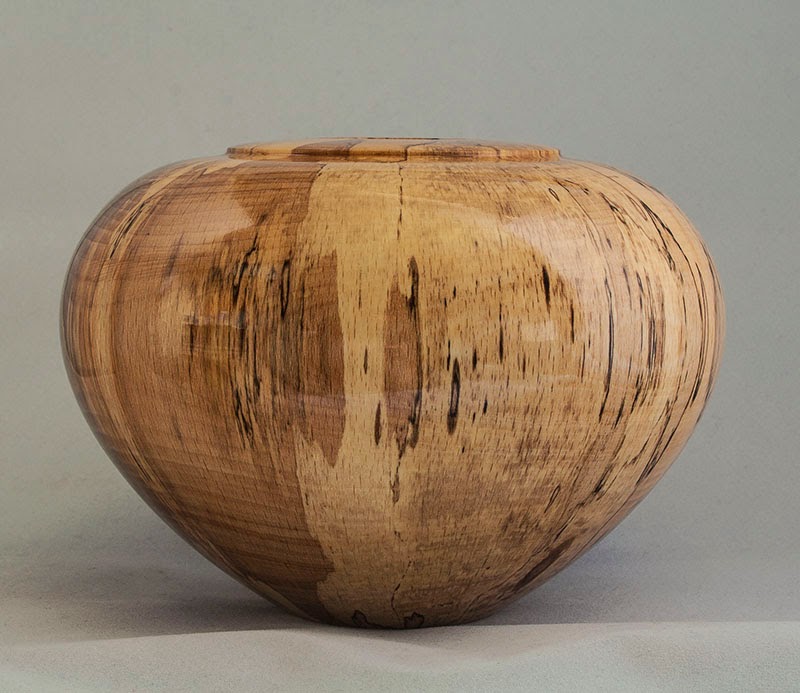
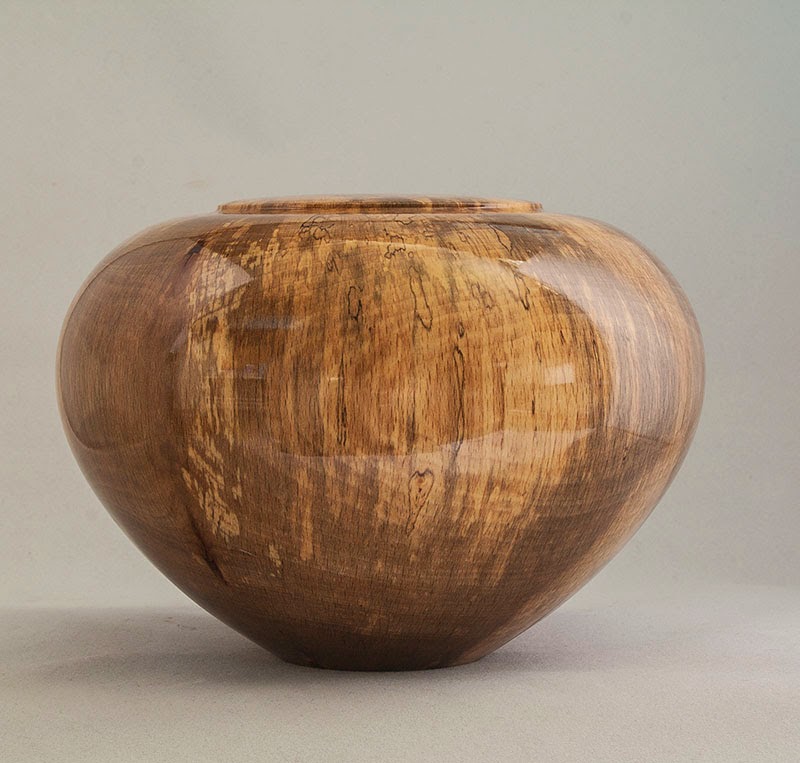
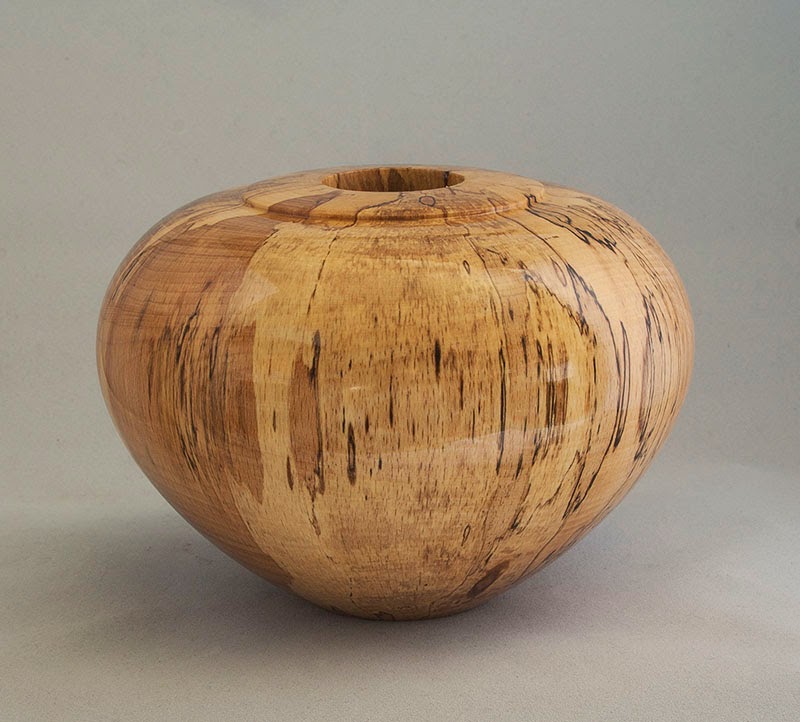
First is a small Bowl, about 7 inches or so across with a bead and cove arrangement around the rim, this has a very nice feel in the hand, as does the incurved and slightly undercut rim.
The finish is shellac, buffed to a high gloss with the Chestnut buffing wheel system, this time though I have the newly acquired large dome mops for the interior, the difference is striking in comparison to the smaller mops as the large mops have a greater overall contact and outer edge speed, which in turn leads to an easier task of controlling the overall result, the finish in this bowl is as good inside as it is out, and though I have come close to this with past bowls, I have had to work with great care to get it, but with the larger mops I found it faster, easier and better.
Although it doesn't show as well as the hollow form, the bowl is the equal to the HF as far as finish and gloss is concerned.



This is a more "classical" shaped hollow form, again, like the first one I kept it a little more weighty than previous forms I have done, and I must admit, it does feel very nice in the hand.
A buffed Shellac finish again, the form is about 6 inches tall.







